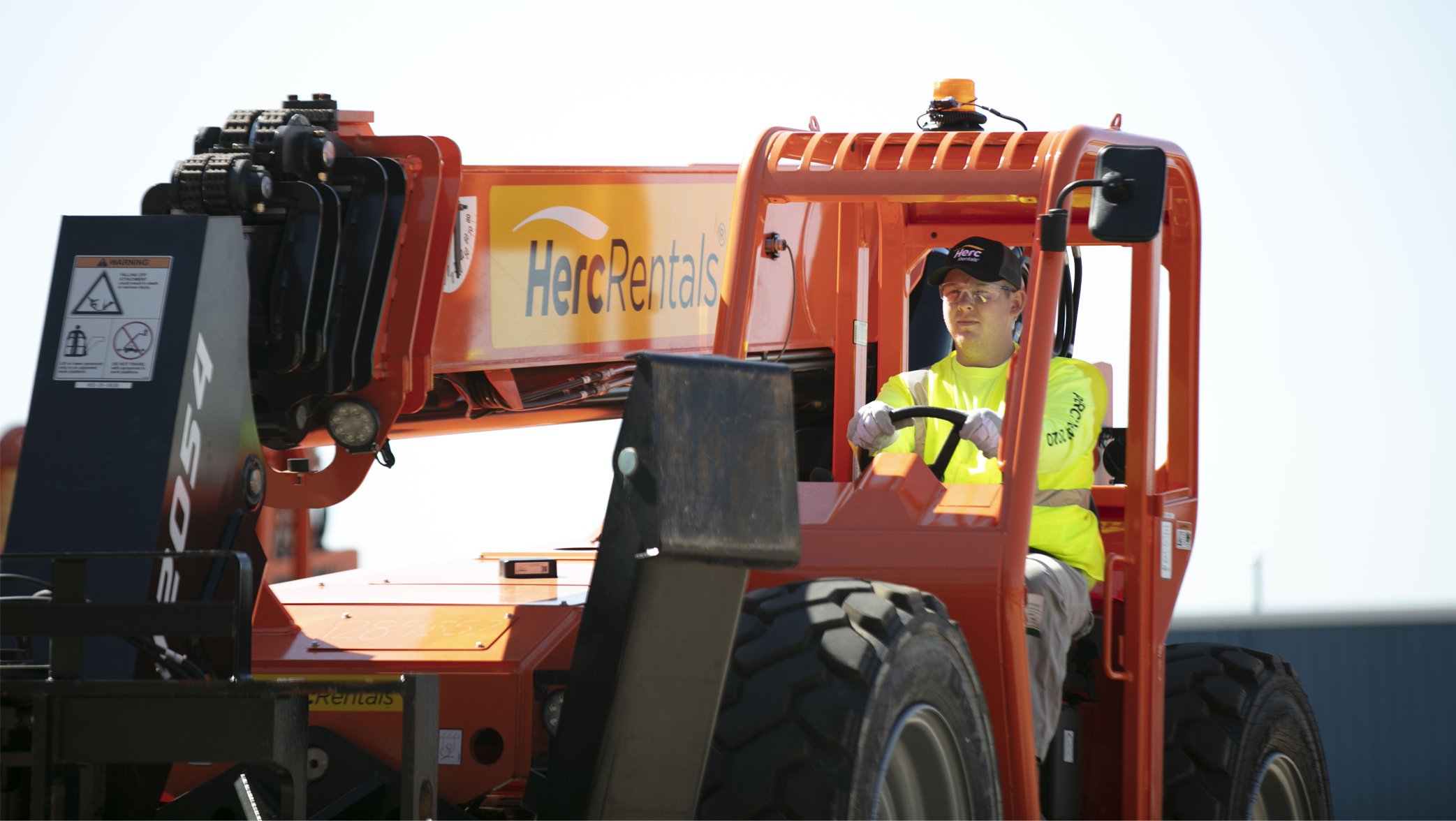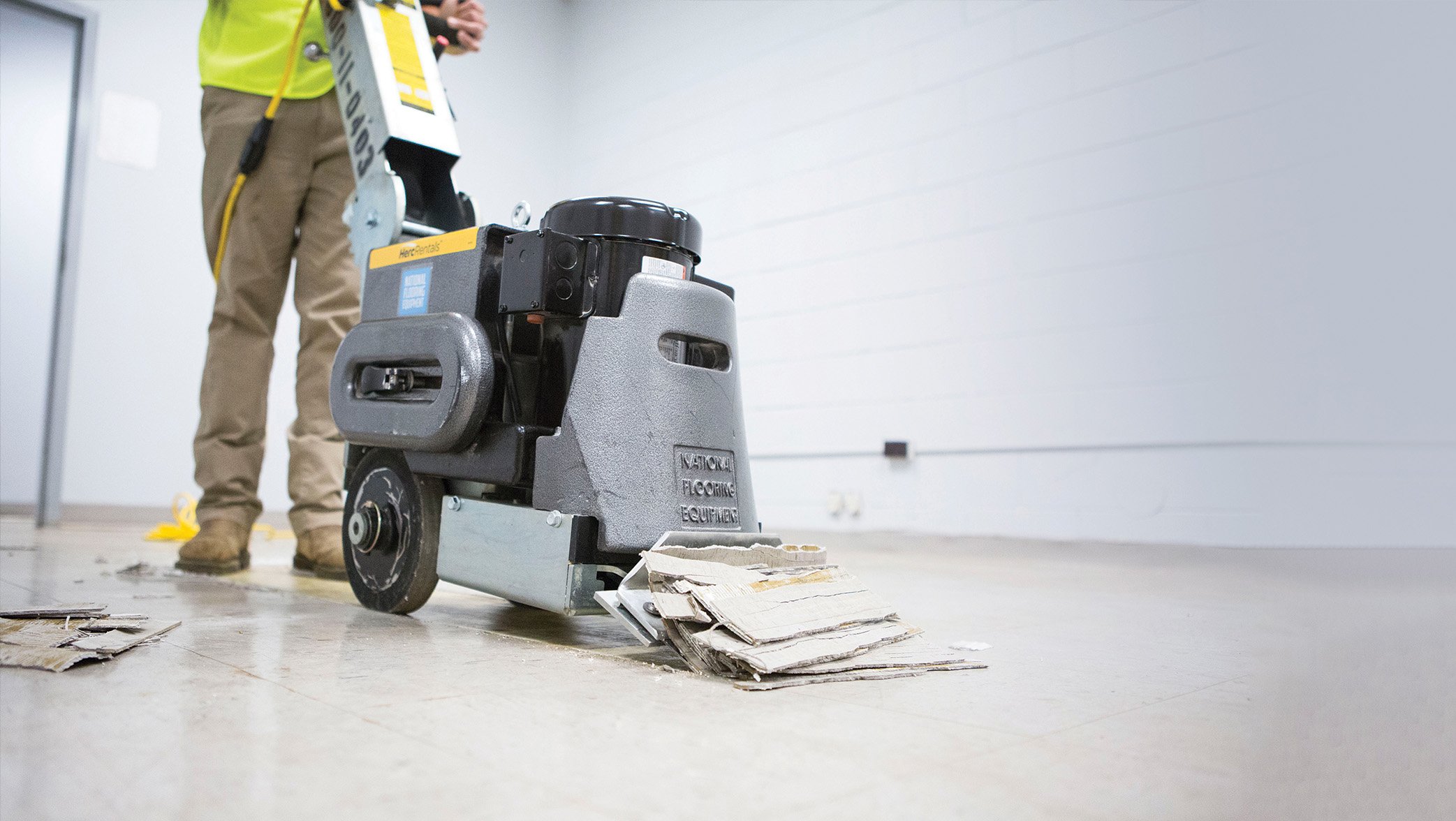For some, early autumn is a great time to begin a construction project. It’s also an excellent time to prepare your jobsite for the winter months ahead.
Construction projects tend to slow down once the chill returns to the air and trees start shedding their golden leaves. But for some — and for a variety of reasons — autumn presents an ideal opportunity to start a construction job.
With the price of building materials typically seeing major discounts in the fall — sometimes by more than 50 percent for large contractors — and less competition for skilled laborers due to the decrease in the number of construction projects, it’s no secret your dollar can go a lot further in autumn.
There are other benefits too:
Increased Productivity: Unlike the summer months, where long, sweltering days can stifle productivity, the shorter and cooler fall days have the opposite effect. Despite the shorter daylight hours, the cooler temperatures will mean fewer water breaks and a decrease in heat-related ailments.
Faster Permitting: Unlike the summer months when governmental agencies are bombarded with permitting requests, the fall slowdown means the approvals you need to build are often expedited at a much quicker pace.
Digging and Concrete Pouring: With heavy summer rains and high temperatures in the rearview, autumn’s cool, dry weather is the perfect time for digging, filling, and excavating. Autumn is also the perfect time to build a road, sidewalk, driveway or lay a foundation. Most experts agree the ideal temperature to pour concrete is between 50-60 degrees Fahrenheit (F) or 10-15.5 degrees Celsius (C). When summer temperatures exceed 90 degrees F (32 C), that heat may alter water, cement, and aggregate ratio due to water evaporation. This may result in a weaker final product, as well as abnormalities in shape or form. Conversely, when pouring concrete in temperatures below 40 degrees F (4 degrees C), the hydration process may take more than a day. Additionally, pouring concrete in a cold environment can cause water in the cement to freeze and expand, resulting in the top layer of fresh concrete breaking off from the layers underneath. Even worse, it can lead to the cracking of the building’s foundations to crack, resulting in a collapse.
Ready to Work Indoors: If you time your autumn construction project right, you’ll not only be ready to work indoors once winter arrives, it’s also possible your project will be near completion once the warmer weather returns in the spring.
Autumn is also an ideal time to take on some smaller projects. These projects can include upgrading windows and doors, building or protecting a deck, installing a new floor, insulating interior plumbing, or giving your building a new layer of exterior paint.
Windows and Doors: There’s perhaps a no better time than the fall for replacing windows and doors. With upgraded doors and energy-efficient, double-paned windows, you’ll not only keep warm air from escaping in the winter and cold air from escaping in the summer, but you’ll also save money on your heating and cooling bills long into the future.
Outdoor Decks: Autumn is also the best time to build an outdoor deck for your business or home. By taking on this project in the fall, you’ll be ready to enjoy the feature as soon as winter weather relents. If you already have an outdoor deck, fall is also the perfect time for maintenance, whether it’s replacing rotted material and corroded nails, performing a high-velocity pressure wash to remove mold, mildew, and dirt, or resealing it to protect it from the harsh winter months ahead.
New Floor Installation: If you’re considering a new floor, whether it’s wood, carpet, or tile, fall is the time to do it. Many types of flooring require adhesives that need indoor temperatures to be between 75-80 F (23-26 C). In the winter months, glue may not dry properly, possibly resulting in bonding issues.
Exterior Painting: Not only will you be protecting your property from winter weather while also enhancing its curb appeal, cooler temperatures will also allow you to work faster and more comfortably. The best time for exterior painting is when temperatures are between 55-70 degrees F (12-21 C).
Irrigation Blowouts and Insulating Exposed Plumbing: Turning off the water isn’t enough. Every time an irrigation system turns on, trace amounts of water are left behind in the pipe. When temperatures drop in late fall and winter, water left inside the system can freeze, weaken pipe walls or cause widespread damage to system components like nozzles, heads and more. To ensure you don’t end up with a costly repair, an irrigation blowout is recommended to be performed by a professional. It entails turning the water off at the mainline source and then using an air compressor and matching hoses to “blowout” any lingering drops of water from each irrigation zone. You can learn more about this task here. Another thing to consider is insulating any exterior or unheated basement hoses and pipes. When temperatures freeze, non-insulated plumbing lines will result in an increase of power use because things like a water heater will have to work harder to produce the warm or hot water you desire.
Whatever project you choose to undertake this fall, the equipment you need doesn’t have to be purchased. Companies like Herc Rentals have the gear and expertise to conquer it safely, efficiently and effectively.

